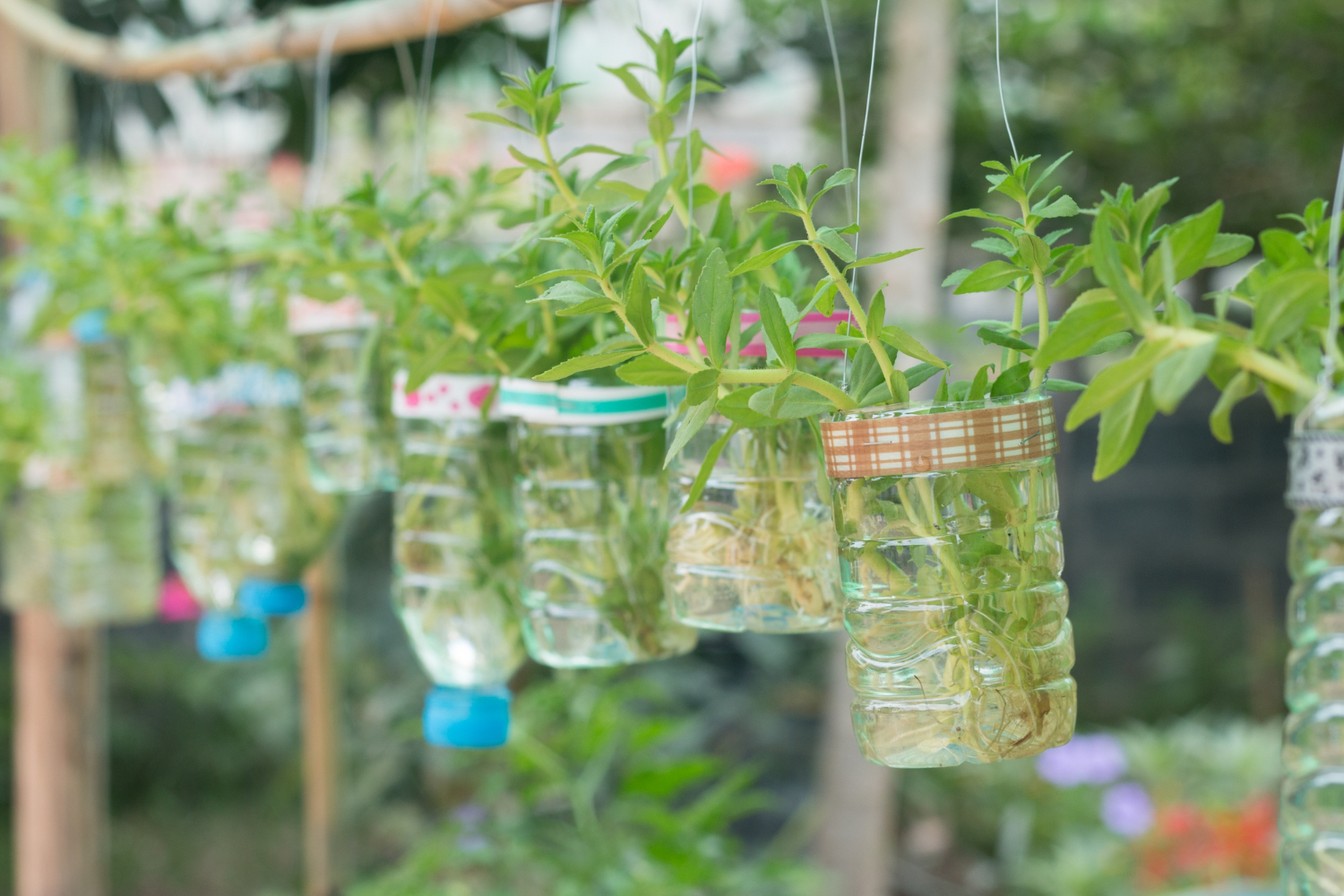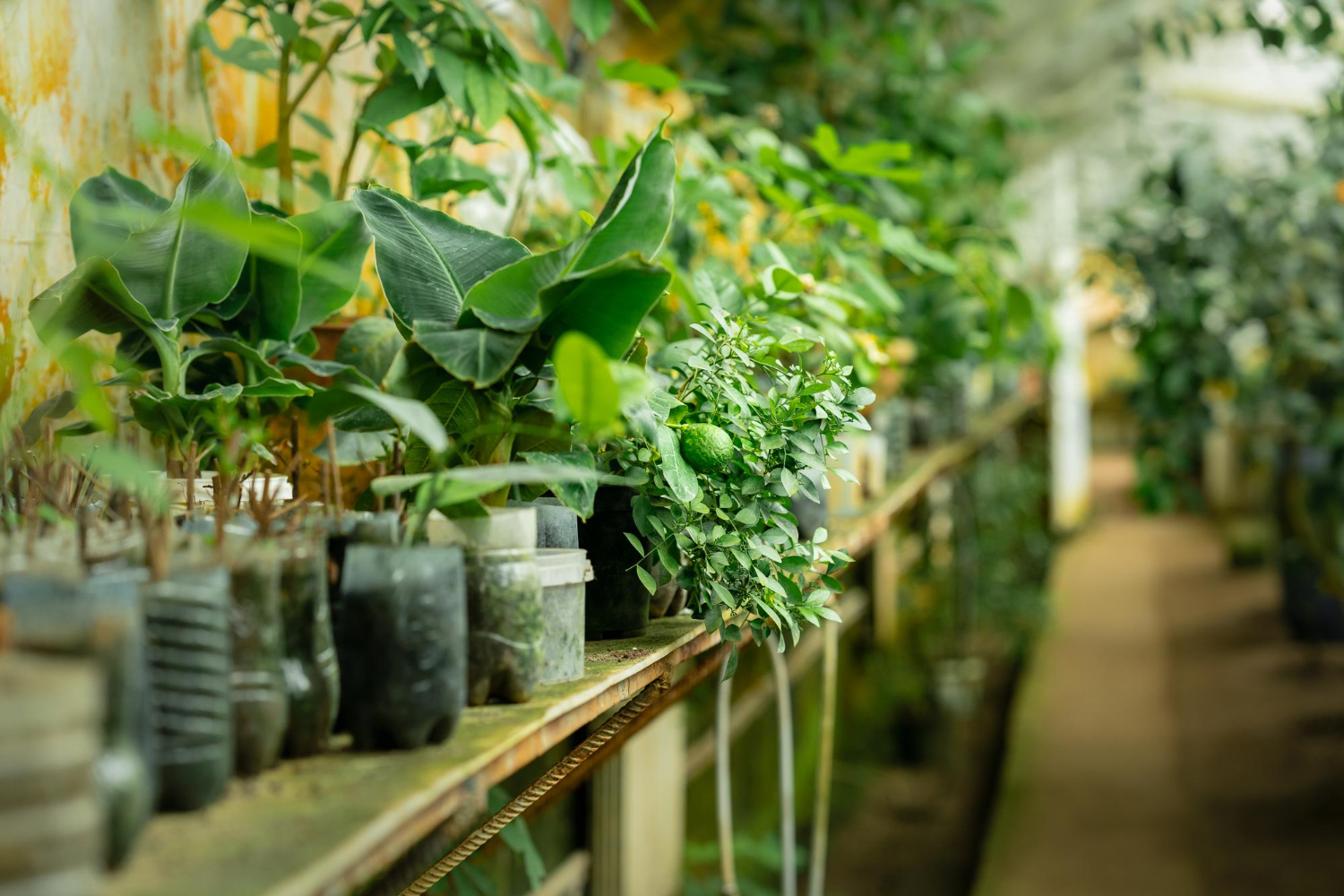Are you passionate about gardening and want to build an ecological and inexpensive greenhouse? Did you know that it is possible to make a garden greenhouse using recycled plastic bottles? It is a clever and environmentally friendly solution that will allow you to cultivate your plants while reducing your ecological footprint.
Advantages of garden greenhouses made from recycled bottles
Before explaining the different methods of building a greenhouse from recycled bottles, it is important to highlight the many advantages of this type of structure.
First of all, plastic bottles are a lightweight and easy to handle material, which makes building the greenhouse much easier. In addition, by using bottles that have already been recycled, you contribute to the reduction of plastic waste and the preservation of the environment.
By building a garden greenhouse with recycled bottles, you also benefit from excellent thermal insulation. The bottle walls prevent heat from escaping, which helps maintain a constant temperature inside the greenhouse. This will allow you to extend the growing period of your plants, even during colder seasons.
Finally, greenhouses made from recycled bottles offer excellent protection against bad weather and pests. The plastic walls are resistant to shocks and bad weather, protecting your plants from climatic variations and parasites.
The different techniques for a greenhouse made from recycled bottles
Technique 1: Greenhouse made of assembled recycled bottles
The first technique that we offer you consists of assembling the plastic bottles to form the walls of the greenhouse. To do this, simply cut the bottom and neck of each bottle, then assemble them using screws or wire. It is recommended to use bottles of the same size for better uniformity. The walls thus formed can be fixed to a wooden or metal structure to obtain a solid and stable greenhouse.
Technique 2: Greenhouse made of intertwined recycled bottles
Another popular technique for building a greenhouse with recycled bottles is to interweave them with each other. Simply cut out the bottom and neck of each bottle, then insert them one inside the other, caps down. This method allows you to obtain a self-supporting structure, without the need for an additional structure. For added strength, you can attach the bottles together using wire or special plastic glue.
Technique 3: Greenhouse made of recycled bottles integrated into a wooden structure
If you want a more robust and durable greenhouse, you can integrate the recycled bottles into a wooden structure. To do this, simply cut the bottles in half lengthwise, then attach them to a wooden structure using screws or nails. This method allows you to obtain a solid and aesthetic greenhouse, with bottle walls integrated harmoniously into the wooden structure.

Maintenance of recycled bottle greenhouses
Maintaining a greenhouse in tip-top condition is crucial to ensuring the health and optimal growth of your plants. Greenhouses built from recycled bottles are no exception to this rule. Although durable and environmentally friendly, these greenhouses require regular maintenance to maximize their efficiency.
Cleaning plastic bottles
One of the essential aspects of maintaining your recycled bottle greenhouse is cleaning the bottles. Over time, dust, dirt and other residue can build up on the surface of the bottles, reducing the amount of sunlight that enters the greenhouse. It is recommended to clean the bottles outside the greenhouse with water and a mild detergent every few months to ensure optimal light transmission.
Checking the tightness
Plastic bottles are waterproof by nature, but small openings or damage may appear over time, especially if you live in an area with extreme weather conditions. Inspect your greenhouse regularly for potentially damaged areas and repair them as soon as possible to avoid water infiltration or drafts that could affect your plants.
Plant rotation
Plastic bottles can sometimes create shadowy areas inside the greenhouse, especially if they are dense. To ensure that all of your plants receive an equal amount of light, it may help to move or rotate them from time to time. This also encourages even growth and reduces the risk of some plants becoming too large or invasive.
Prevent pests and diseases
Although recycled bottle greenhouses provide excellent protection from the elements, they are not completely immune to pests and diseases. Be sure to inspect your plants regularly for signs of infestation or disease. If you notice anything unusual, take immediate action to treat the problem, whether by removing affected plants or using appropriate organic treatments.
The magic of the ecosystem in a greenhouse made from recycled bottles
Enriching your garden with a greenhouse made from recycled bottles not only means adopting an ecological approach, but it also means entering a world where the ecosystem plays a primordial role. Through this section, we will discuss the positive impact that these greenhouses can have on the biological balance of your garden.
The microclimate favored by the greenhouse
The concept of a greenhouse is to create a controlled environment for plants. In the case of a greenhouse made from recycled bottles, the plastic acts as a screen, modulating the effects of the outside climate. Beyond the thermal regulation already mentioned, this microclimate creates a humid atmosphere which can favor certain exotic or delicate plants. In addition, this humidity, combined with the regulated temperature, promotes the development of microorganisms beneficial to the soil.
Symbiosis with beneficial insects
Greenhouses naturally attract insects. However, with a greenhouse made from recycled bottles, the entry of harmful insects is limited. On the other hand, beneficial insects such as ladybugs or bees can find a refuge in this greenhouse, contributing to pollination and the biological fight against parasites.
A respectful water cycle
Water plays a crucial role in any greenhouse. The unique design of bottle greenhouses reduces water consumption through an evaporation-condensation cycle. Water evaporates from the plants, condenses against the plastic of the bottles and falls, creating a natural watering cycle that mimics the cycle of rain.
Strengthening the soil through decomposition
Organic waste such as dead leaves or stems can be left on the floor of the greenhouse. With the moisture and microorganisms present, these wastes decompose quickly, enriching the soil with essential nutrients for plants.












